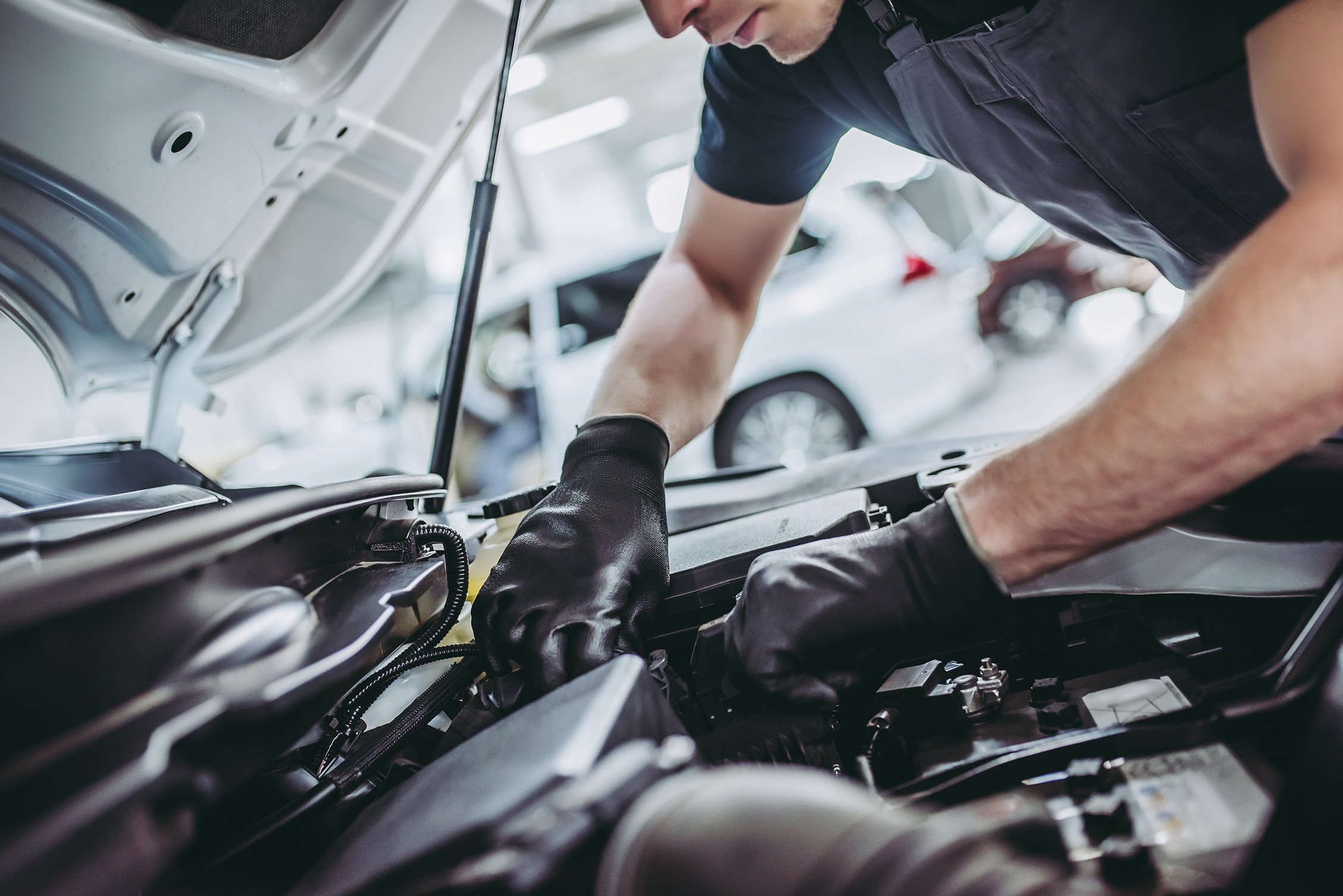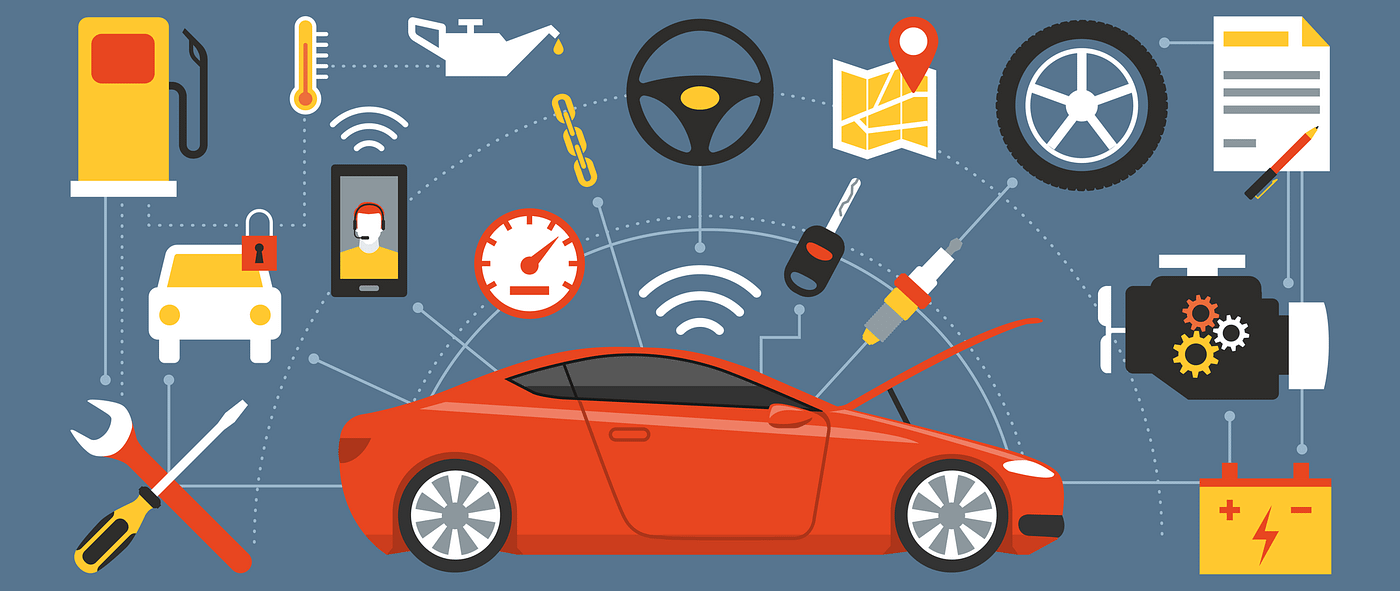All Categories
Featured
When your vehicle needs fixings or replacements, one of the most important decisions you'll need to make is whether to utilize Original Equipment Maker (OEM) parts or aftermarket parts. Both choices feature their own advantages and disadvantages, and choosing the ideal one can dramatically impact the efficiency, durability, and expense of your lorry fixing. Here's an overview to help you make an educated decision in between OEM and aftermarket parts.
![]()
What Are OEM Parts? When it was constructed, OEM components are made by the same producer that produced the original elements in your lorry. These components are designed particularly for your make and version, guaranteeing a perfect fit and matching the specifications of the original elements. If you possess a Ford vehicle, an OEM component would be made by Ford or an authorized Ford distributor.
Since they are created to satisfy the manufacturer's precise standards, OEM parts are a lot more most likely to operate well and last as long as the original component. Additionally, making use of OEM components can help keep the resale value of your car considering that possible buyers commonly favor automobiles that have been fixed with original components.
What Are Aftermarket Parts? Aftermarket components are produced by third-party makers and are developed to fit a variety of automobiles, not simply one certain make or model. These components are usually much less costly than OEM components due to the fact that they are produced in higher volumes, and the suppliers do not birth the same development expenses as the initial producers.
While aftermarket parts are created to be suitable with a lot of vehicles, the quality can differ depending on the brand name and manufacturer. Some aftermarket components are top quality and offer similar performance to OEM components, while others may be made with less costly products and may not do also or last as lengthy.
![]()
Advantages of OEM Components. Surefire Quality and Fit: Because OEM parts are made by the vehicle's supplier, they're assured to fulfill the specific specifications of the initial parts. This ensures an exact fit and optimal efficiency. Service warranty: OEM parts often feature a maker's guarantee, using satisfaction and security versus flaws. Resale Value: Vehicles fixed with OEM parts are typically a lot more eye-catching to buyers, which can aid keep or perhaps boost the resale value of your automobile. Long life: OEM components are normally built to last as long as the initial parts, implying you might have less issues and replacements in the future. Advantages of Aftermarket Components. Reduced Price: Aftermarket parts are commonly a lot more cost effective than OEM parts, making them an eye-catching option for those seeking to conserve cash on repairs. Variety: There is a broader selection of aftermarket components readily available, including upgraded or performance-enhancing options that may not be available in OEM components. This is especially appealing to car lovers that want to customize their car. Schedule: Aftermarket components are extensively available and usually simpler to discover than OEM components, which can be specifically valuable for older lorries or hard-to-find components. Advancement: Several aftermarket components are made with renovations or added functions that enhance the vehicle's efficiency or look, such as high-performance brake pads or exhaust systems. Downsides of OEM Components. Greater Cost: OEM parts are normally much more pricey than aftermarket options, which can be a substantial variable if you get on a spending plan. Minimal Options: OEM parts might supply less alternatives for personalization or efficiency upgrades compared to aftermarket parts. Downsides of Aftermarket Parts. Inconsistent High quality: Aftermarket components can vary commonly in regards to quality. Some producers produce parts that execute simply as well as OEM elements, while others may cut edges to conserve prices. Fitment Issues: While aftermarket parts are created to fit most vehicles, they may not constantly be a specific match for your automobile, resulting in possible compatibility concerns. Guarantee Limitations: Aftermarket components may not include guarantees or might provide restricted protection, which could lead to added costs if the part fails prematurely. Exactly how to Choose In Between OEM and Aftermarket Components. When deciding between OEM and aftermarket components, there are several aspects to consider:
Spending plan: If expense is a main issue, aftermarket components might be the far better option as a result of their lower price. If you can manage it and are concerned about long-lasting integrity, OEM components could be worth the investment. Vehicle Age and Problem: If you possess a newer vehicle that's still under warranty, making use of OEM parts may be the most effective selection to maintain the auto's integrity and preserve its resale worth. For older cars, aftermarket parts can be an affordable remedy to keep the automobile running. Efficiency and Modification: If you want improving your car's efficiency or look, aftermarket parts provide more selection and choices for upgrades. Manufacturer Suggestions: Some automobile manufacturers might need the usage or suggest of OEM components for particular repairs, particularly for safety-related parts like air bags or brake systems. Always consult your proprietor's handbook or a professional mechanic for assistance. Final thought. Eventually, the choice between OEM and aftermarket components depends on your certain requirements, preferences, and budget plan. While OEM components provide an ensured fit and higher top quality, aftermarket components can use cost financial savings and a wider series of choices. By carefully taking into consideration elements like expense, vehicle age, and desired performance, you can make the very best option for your vehicle repairs, making sure that your auto stays in good working problem without breaking the bank.

What Are OEM Parts? When it was constructed, OEM components are made by the same producer that produced the original elements in your lorry. These components are designed particularly for your make and version, guaranteeing a perfect fit and matching the specifications of the original elements. If you possess a Ford vehicle, an OEM component would be made by Ford or an authorized Ford distributor.
Since they are created to satisfy the manufacturer's precise standards, OEM parts are a lot more most likely to operate well and last as long as the original component. Additionally, making use of OEM components can help keep the resale value of your car considering that possible buyers commonly favor automobiles that have been fixed with original components.
What Are Aftermarket Parts? Aftermarket components are produced by third-party makers and are developed to fit a variety of automobiles, not simply one certain make or model. These components are usually much less costly than OEM components due to the fact that they are produced in higher volumes, and the suppliers do not birth the same development expenses as the initial producers.
While aftermarket parts are created to be suitable with a lot of vehicles, the quality can differ depending on the brand name and manufacturer. Some aftermarket components are top quality and offer similar performance to OEM components, while others may be made with less costly products and may not do also or last as lengthy.

Advantages of OEM Components. Surefire Quality and Fit: Because OEM parts are made by the vehicle's supplier, they're assured to fulfill the specific specifications of the initial parts. This ensures an exact fit and optimal efficiency. Service warranty: OEM parts often feature a maker's guarantee, using satisfaction and security versus flaws. Resale Value: Vehicles fixed with OEM parts are typically a lot more eye-catching to buyers, which can aid keep or perhaps boost the resale value of your automobile. Long life: OEM components are normally built to last as long as the initial parts, implying you might have less issues and replacements in the future. Advantages of Aftermarket Components. Reduced Price: Aftermarket parts are commonly a lot more cost effective than OEM parts, making them an eye-catching option for those seeking to conserve cash on repairs. Variety: There is a broader selection of aftermarket components readily available, including upgraded or performance-enhancing options that may not be available in OEM components. This is especially appealing to car lovers that want to customize their car. Schedule: Aftermarket components are extensively available and usually simpler to discover than OEM components, which can be specifically valuable for older lorries or hard-to-find components. Advancement: Several aftermarket components are made with renovations or added functions that enhance the vehicle's efficiency or look, such as high-performance brake pads or exhaust systems. Downsides of OEM Components. Greater Cost: OEM parts are normally much more pricey than aftermarket options, which can be a substantial variable if you get on a spending plan. Minimal Options: OEM parts might supply less alternatives for personalization or efficiency upgrades compared to aftermarket parts. Downsides of Aftermarket Parts. Inconsistent High quality: Aftermarket components can vary commonly in regards to quality. Some producers produce parts that execute simply as well as OEM elements, while others may cut edges to conserve prices. Fitment Issues: While aftermarket parts are created to fit most vehicles, they may not constantly be a specific match for your automobile, resulting in possible compatibility concerns. Guarantee Limitations: Aftermarket components may not include guarantees or might provide restricted protection, which could lead to added costs if the part fails prematurely. Exactly how to Choose In Between OEM and Aftermarket Components. When deciding between OEM and aftermarket components, there are several aspects to consider:
Spending plan: If expense is a main issue, aftermarket components might be the far better option as a result of their lower price. If you can manage it and are concerned about long-lasting integrity, OEM components could be worth the investment. Vehicle Age and Problem: If you possess a newer vehicle that's still under warranty, making use of OEM parts may be the most effective selection to maintain the auto's integrity and preserve its resale worth. For older cars, aftermarket parts can be an affordable remedy to keep the automobile running. Efficiency and Modification: If you want improving your car's efficiency or look, aftermarket parts provide more selection and choices for upgrades. Manufacturer Suggestions: Some automobile manufacturers might need the usage or suggest of OEM components for particular repairs, particularly for safety-related parts like air bags or brake systems. Always consult your proprietor's handbook or a professional mechanic for assistance. Final thought. Eventually, the choice between OEM and aftermarket components depends on your certain requirements, preferences, and budget plan. While OEM components provide an ensured fit and higher top quality, aftermarket components can use cost financial savings and a wider series of choices. By carefully taking into consideration elements like expense, vehicle age, and desired performance, you can make the very best option for your vehicle repairs, making sure that your auto stays in good working problem without breaking the bank.
Latest Posts
Uncover the Best Auto Repair Deals in Montclare, Chicago
Published May 29, 25
1 min read
Explore Brake Repair & More: Complete Services Guide from Montclare Auto Repair
Published May 24, 25
1 min read
Explore Exclusive Auto Repair Offers in Chicago at Montclare Auto Repair
Published May 22, 25
1 min read
More
Latest Posts
Uncover the Best Auto Repair Deals in Montclare, Chicago
Published May 29, 25
1 min read
Explore Brake Repair & More: Complete Services Guide from Montclare Auto Repair
Published May 24, 25
1 min read
Explore Exclusive Auto Repair Offers in Chicago at Montclare Auto Repair
Published May 22, 25
1 min read